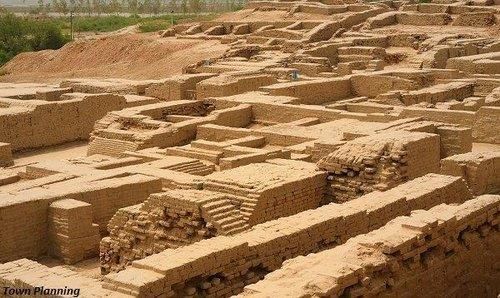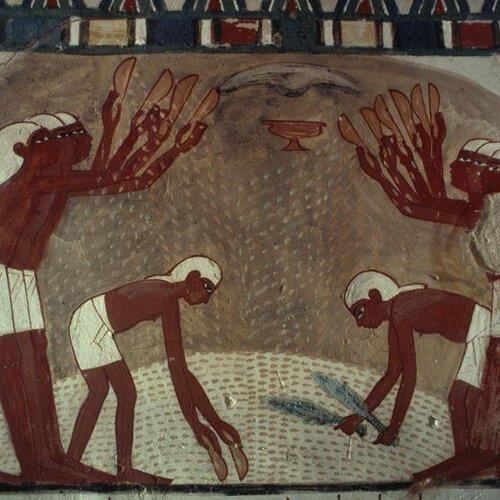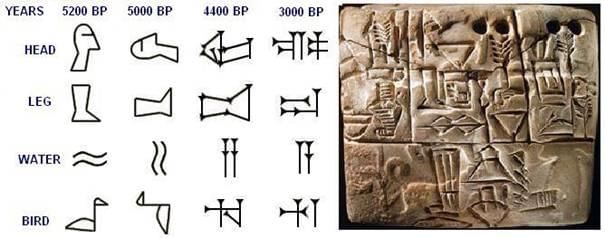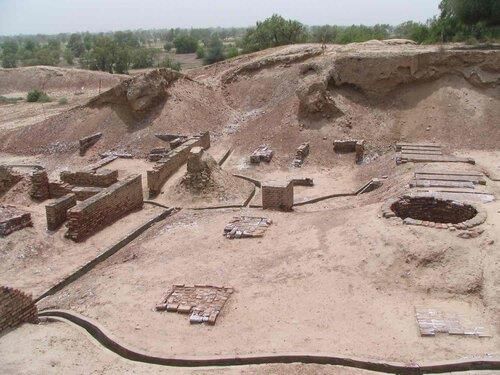|
The Harappan Civilization was marked by advanced technology, impressive urban planning, a well-balanced community structure with minimal disparity between the rich and poor, and a vibrant culture expressed through art and architecture.  |
Card: 2 / 30 |
|
Trade facilitated the exchange of goods and cultural ideas, contributing to the economic and cultural richness of the civilization, with markets bustling with traders from distant regions. |
Card: 6 / 30 |
|
Riddle: I am a civilization with advanced cities and a focus on community, where the lines between rich and poor are blurred. What am I? |
Card: 7 / 30 |
|
The Harappan Civilization as this civilization demonstrated how a well-balanced community can function, where the differences between the rich and the poor are not very obvious. It was not about exploitation but about mutual accomodation.  |
Card: 8 / 30 |
|
Evidence includes well-planned cities with grid patterns, advanced drainage systems, and standardized fired brick construction. |
Card: 10 / 30 |
|
Multiple Choice: Which of the following best describes the social structure of the Harappan Civilization? A) Rigid caste system B) Egalitarian society C) Nomadic tribes D) Feudal system |
Card: 11 / 30 |
|
Civilizations are defined by government and administration, urbanism, variety of crafts, trade, writing, cultural ideas, and productive agriculture. |
Card: 14 / 30 |
|
True or False: Civilizations only develop in regions with abundant natural resources. |
Card: 15 / 30 |
 Unlock all Flashcards with EduRev Infinity Plan Starting from @ ₹99 only
|
|
False. Civilizations can develop in diverse environments, not solely those with abundant resources.  |
Card: 16 / 30 |
|
Riddle: I help societies communicate and keep track of their history. Without me, records fade away. What am I? |
Card: 17 / 30 |
|
Multiple Choice: Which of the following is NOT a characteristic of civilization? A) Urban development B) Trade C) Nomadic lifestyle D) Writing |
Card: 21 / 30 |
|
The ancient civilization referred to as 'Harappans' is named after which city? |
Card: 23 / 30 |
|
Fill in the blank: The Sarasvati River flowed from the Himalayas through regions like Haryana, Punjab, and ___. |
Card: 25 / 30 |
|
I am a river that supported early urbanization in India but no longer flows today. What am I? |
Card: 29 / 30 |





























